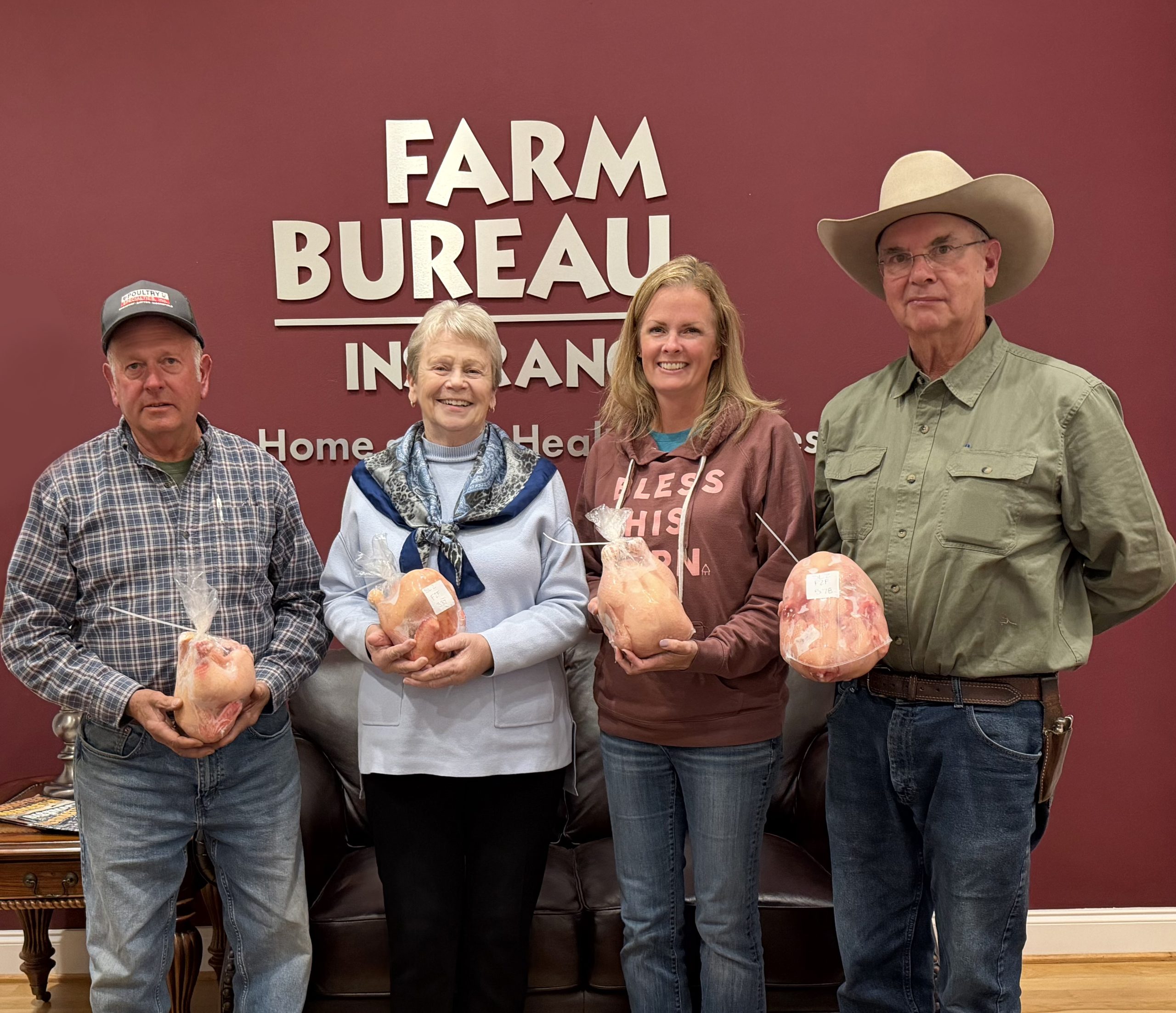
In the spring of 1910, three bicyclists rode from Roanoke to Boston and back again, a distance of 1,700 miles. The ride by David W. Peters, Abram C. Flora, and Wilsey C. Ikenberry, three students at Daleville Academy, provides an early illustration of how the Roanoke Valley was connected by cycling routes to the rest of the country, a legacy that continues into the present.
Peters, Flora, and Ikenberry began their ride at the Roanoke Cycle Shop, located at 102 Campbell Avenue West, which provided Iver-Johnson bicycles, equipped with coaster brakes and clincher tires. The cyclists left Roanoke on June 4 and pedalled north to Natural Bridge. Their northbound itinerary included Washington, Baltimore, Philadelphia, Newark, and New York City. The southbound trip took them down the Hudson Valley, along the National Highway through Pennsylvania, and then through the valleys of western Virginia back to Daleville.
The bicyclists took time for sightseeing in Washington, Baltimore, Philadelphia, New York, and other cities. Along the way, they visited Princeton University, Columbia University, and Yale University, and spent a week at the YMCA camp in Northfield, Mass. In Boston, they toured the Iver-Johnson factory, where their bicycles received needed servicing, as well as the historic sites of Concord and Lexington. A photograph published in the Boston Globe welcomed the three Virginia riders and provided a detailed itinerary for both directions of their trip.
The cyclists averaged about 80 miles a day while riding, and completed 98 miles on their longest day. The cyclists rode every mile of the route, except the section from Natural Bridge to Staunton, after a rain storm made the dirt roads impossible to ride, so they took the train. In New York state and New England, they found “splendid roads, hard and smooth, and exactly right for making good time on wheels,” according to The Roanoke Times, July 13, 1910. The three men visited all the sites on their itinerary and returned home two weeks ahead of schedule.
All three of the Daleville bicyclists pursued careers in public education. Peters completed his undergraduate degree at Hollins University and master’s and doctoral degrees at Columbia University (which he visited in 1910), taught in Richmond public schools and as a principal in Charles City, served as superintendent for Henrico and Northhampton Counties, became supervisor of secondary education for Virginia in 1929, and was president of Radford College at the time of his death.
Flora served as superintendent of the South Carolina public school system for 28 years and was president of the National Education Association.
Ikenberry completed a master’s degree, taught at Roanoke and Jefferson high schools, and was principal of Jackson Junion High School for 26 years.
The legacy of the Daleville cyclists may also be seen in the continued prominence of bicycling in the region. Fifty years ago, the Bikecentennial brought thousands of cyclists through Botetourt County, with a route that passed just north of the historic campus of Daleville Academy. Now designated as US Bicycle Route 76, the Transamerican Bicycle Route continues to bring cyclists through the region, with an expected increase in cyclists in 2026 in celebration of the 250th anniversary of the Declaration of Independence and the 50th anniversary of the Bikecentennial. The Blue Ridge Parkway, a favorite choice for cyclists seeking a low traffic route through the highlands of southwest Virginia, connects downtown Roanoke to the surrounding region. Botetourt County is the home for Team Twenty28, a professional cycling team which includes sections of Route 76 on the posted list of training routes. Most recently, the USA cycling mountain biking national championships hosted by Virginia’s Blue Ridge in July 2025 brought thousands of cyclists, friends, and fans to the Roanoke region. The pioneering ride taken by Peters, Ikenberry, and Flora in 1910 is thus connected to current efforts to recognize and promote the experience of bicycling in the past, present, and future of the region.
~ Submitted by E. Thomas Ewing, Virginia Tech



